What a day at the beach looked like 100 years ago
Imagine stepping back in time to the roaring 1920s, where the beach was a popular escape from the hustle and bustle of city life. The beach was a place where people gathered, dressed in the latest fashions, and enjoyed a day of leisure.
This was an era before smartphones and selfies, where the focus was on the experience itself, and everyone seemed to be living in the moment, savoring the simple pleasures of sun, sand, and sea.
The Fashion Scene: Bathing Suits of the 1920s
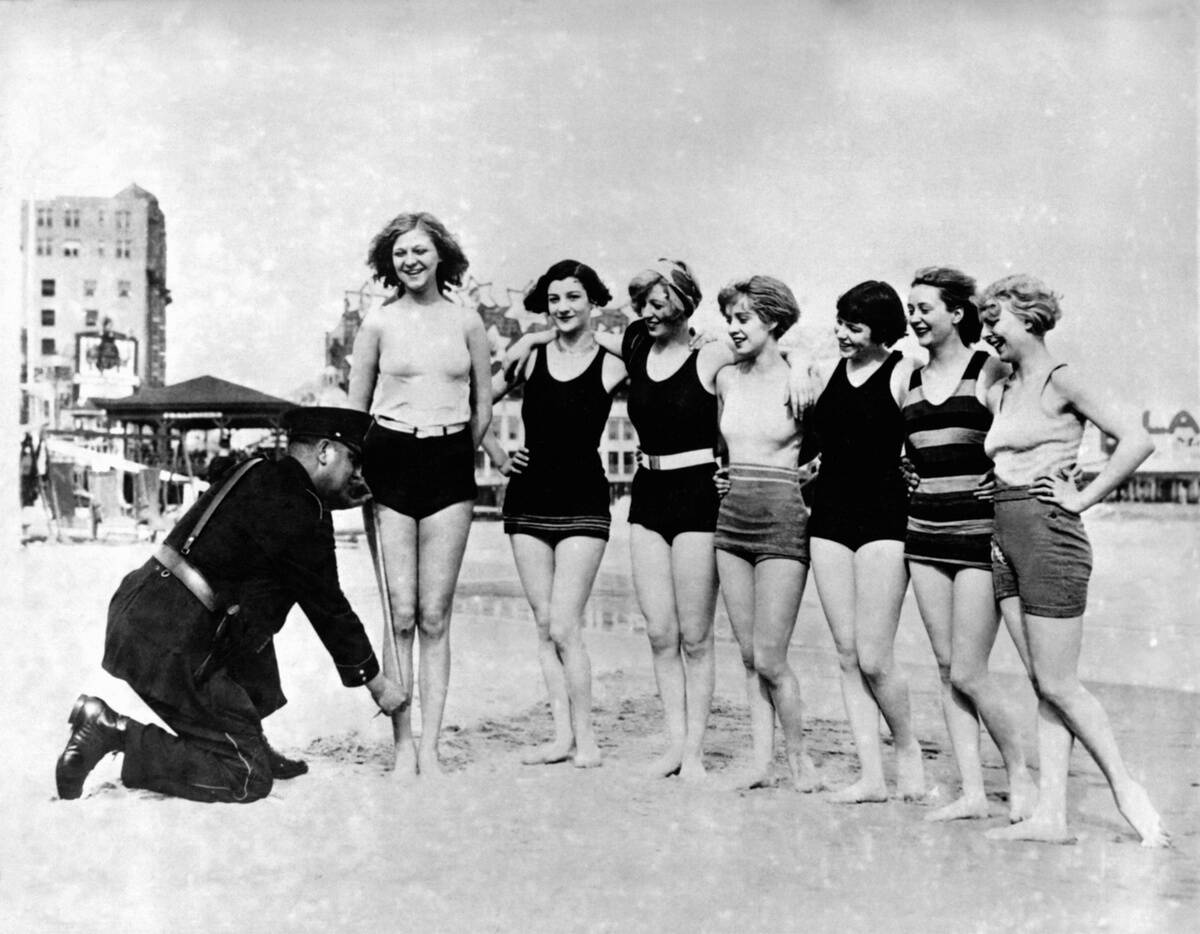
Bathing suits in the 1920s were a far cry from today’s bikinis and board shorts. Women often wore one-piece woolen suits that covered from shoulder to mid-thigh, designed to preserve modesty while allowing freedom of movement.
Men sported similar one-piece suits, often with decorative stripes or patterns. These suits, while stylish for the time, were quite heavy when wet, but they marked a significant shift toward more relaxed swimwear compared to earlier decades.
Beach Accessories: What They Brought Along
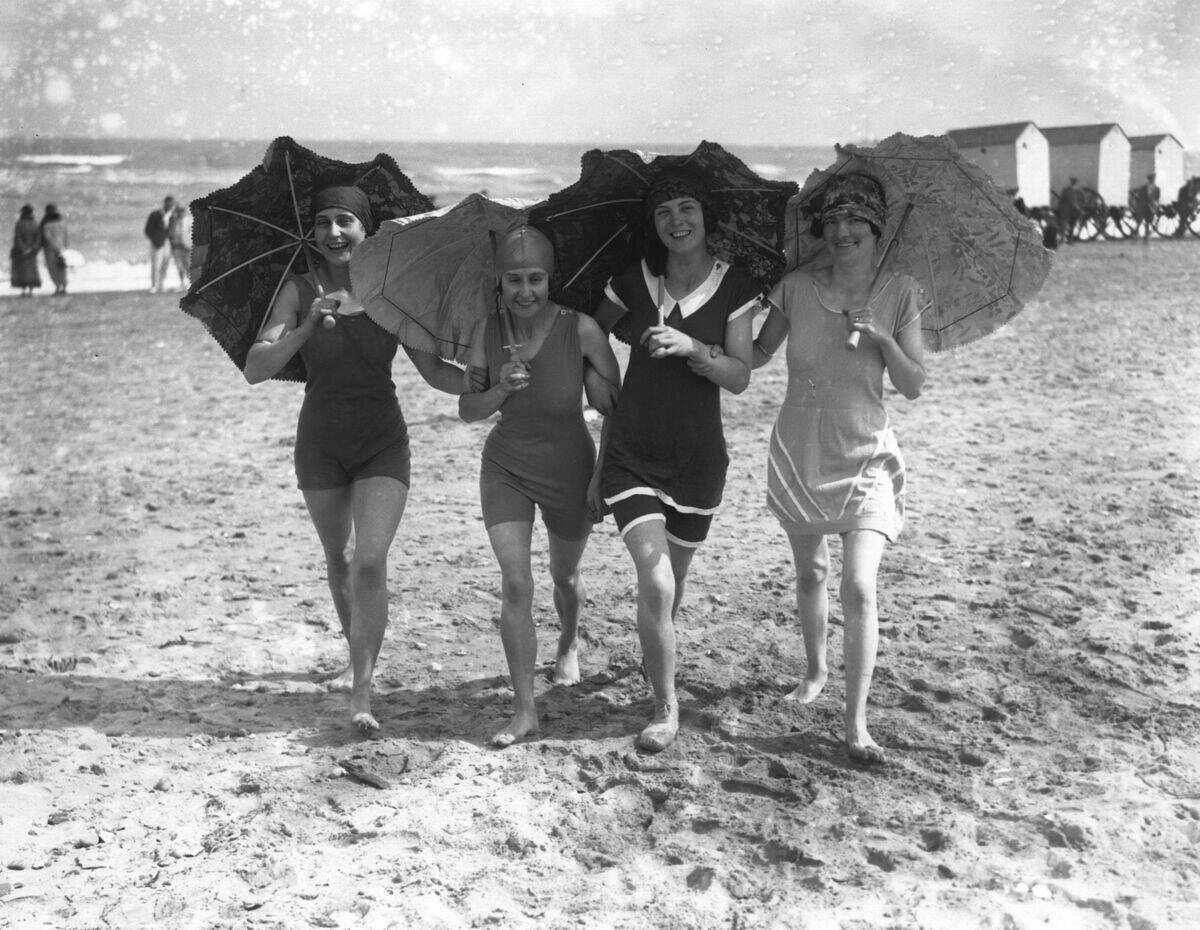
A day at the beach in the 1920s wasn’t complete without a few essential accessories. Parasols were a common sight, providing shade and a touch of elegance. Beachgoers also carried wicker baskets filled with snacks, towels, and sometimes even portable gramophones for entertainment.
Sunglasses, while not as ubiquitous as today, began to gain popularity, offering a stylish way to protect one’s eyes from the sun’s glare. These accessories added to the charm and convenience of a beach outing.
Transportation: How People Got to the Beach
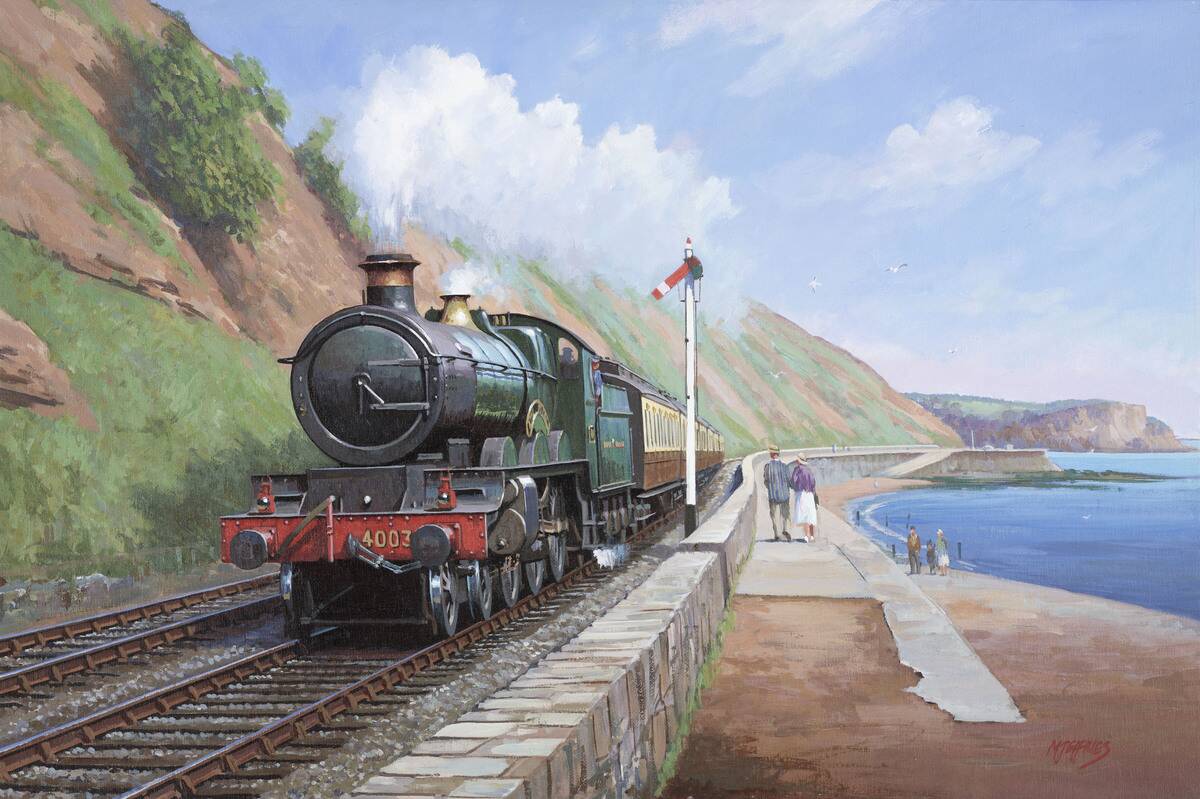
Getting to the beach in the 1920s was an adventure in itself. Many city dwellers took advantage of the expanding rail networks, hopping on trains that whisked them to coastal destinations. For those living closer, bicycles and horse-drawn carriages were a viable option, providing a leisurely ride to the shore.
The advent of the automobile also made beach trips more accessible, with families piling into cars for a day of fun in the sun, marking the beginning of the road trip culture.
Popular Beach Destinations of the 1920s
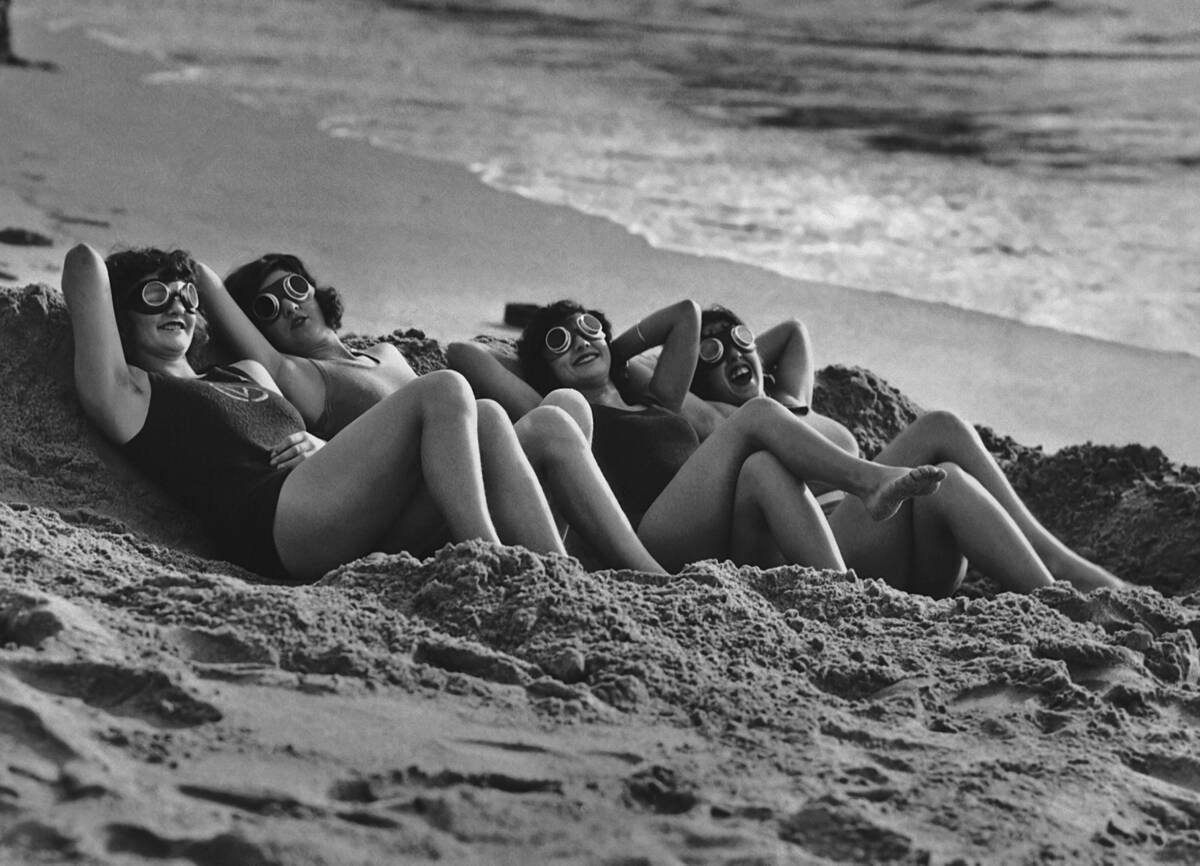
The 1920s saw the rise of several iconic beach destinations. Coney Island in New York was a bustling hub of activity, offering thrilling amusement rides and lively boardwalks. In California, Santa Monica and Venice Beach attracted sun-seekers with their wide sandy shores and vibrant piers.
Atlantic City was another favorite, known for its grand hotels and lively entertainment. These destinations became synonymous with summer fun, drawing crowds eager to experience the joys of seaside leisure.
Beach Activities: What Kept People Entertained
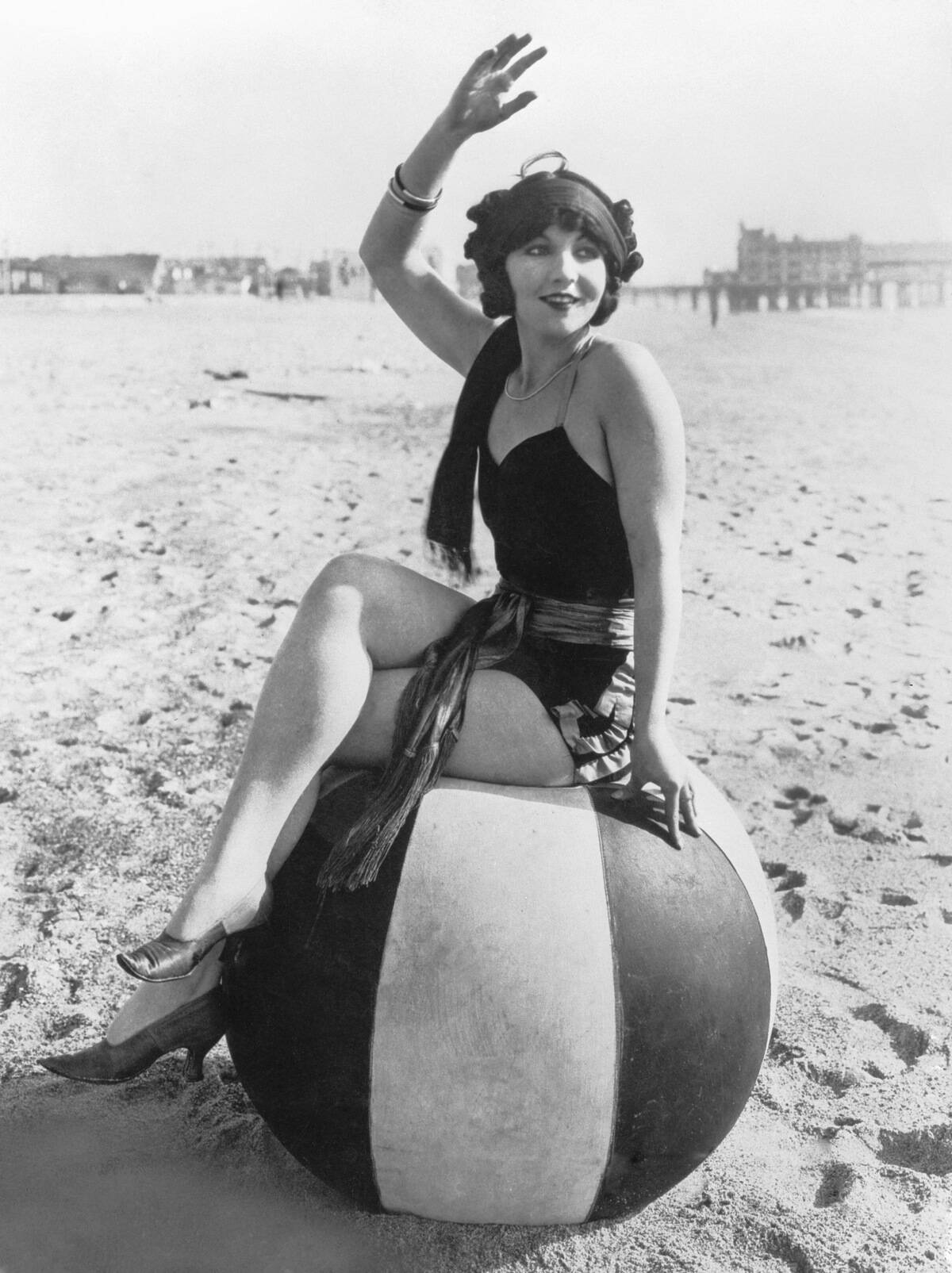
Beachgoers in the 1920s found numerous ways to entertain themselves by the sea. Swimming and sunbathing were popular pastimes, but many also enjoyed beach games like volleyball and tug-of-war.
Sandcastle building was a favorite among families, while others took to the water for a leisurely paddle. For those looking for more excitement, surf bathing, where swimmers would ride the waves close to shore, offered a thrilling experience. The beach was a playground for all ages, full of laughter and joy.
The Art of Sunbathing: Then vs. Now
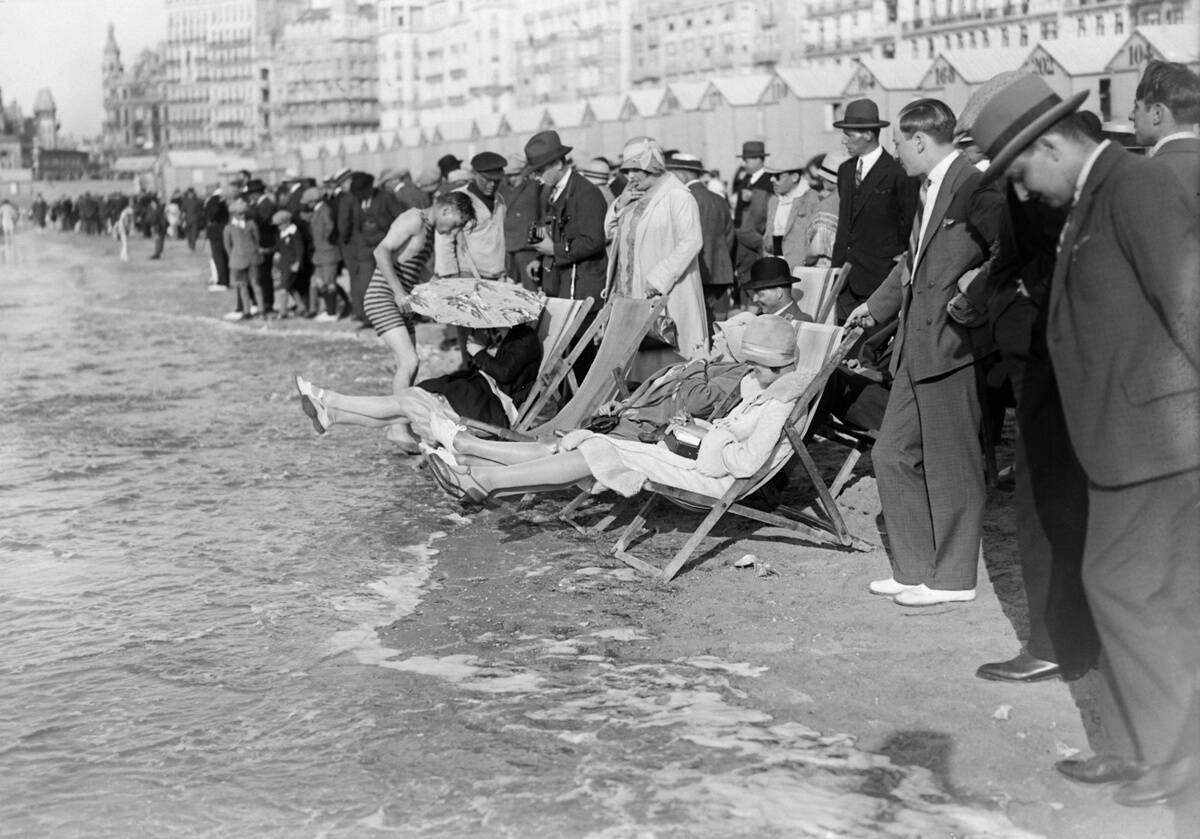
Sunbathing in the 1920s was quite different from today’s practices. This era marked the beginning of the suntan craze, with sun-kissed skin becoming a symbol of health and vitality. However, the approach was more cautious, with many beachgoers using parasols or wearing hats for protection.
The desire for a bronzed look led to the invention of early suntan lotions, though their effectiveness was dubious at best. Today, with our understanding of UV protection, sunbathing is a more informed and safety-conscious activity.
Beachside Snacks and Refreshments: A Taste of the Past

A day at the beach in the 1920s was complemented by a variety of snacks and refreshments. Vendors sold chilled lemonade and ice cream to help beachgoers cool off under the sun. Sandwiches, often homemade and packed in picnic baskets, were a staple lunch item, along with fresh fruit.
Saltwater taffy, a sweet treat synonymous with beachside fun, was a must-have for anyone with a sweet tooth. These simple yet delightful snacks added to the overall enjoyment of a day by the sea.
Social Dynamics at the Beach: Who Was There?
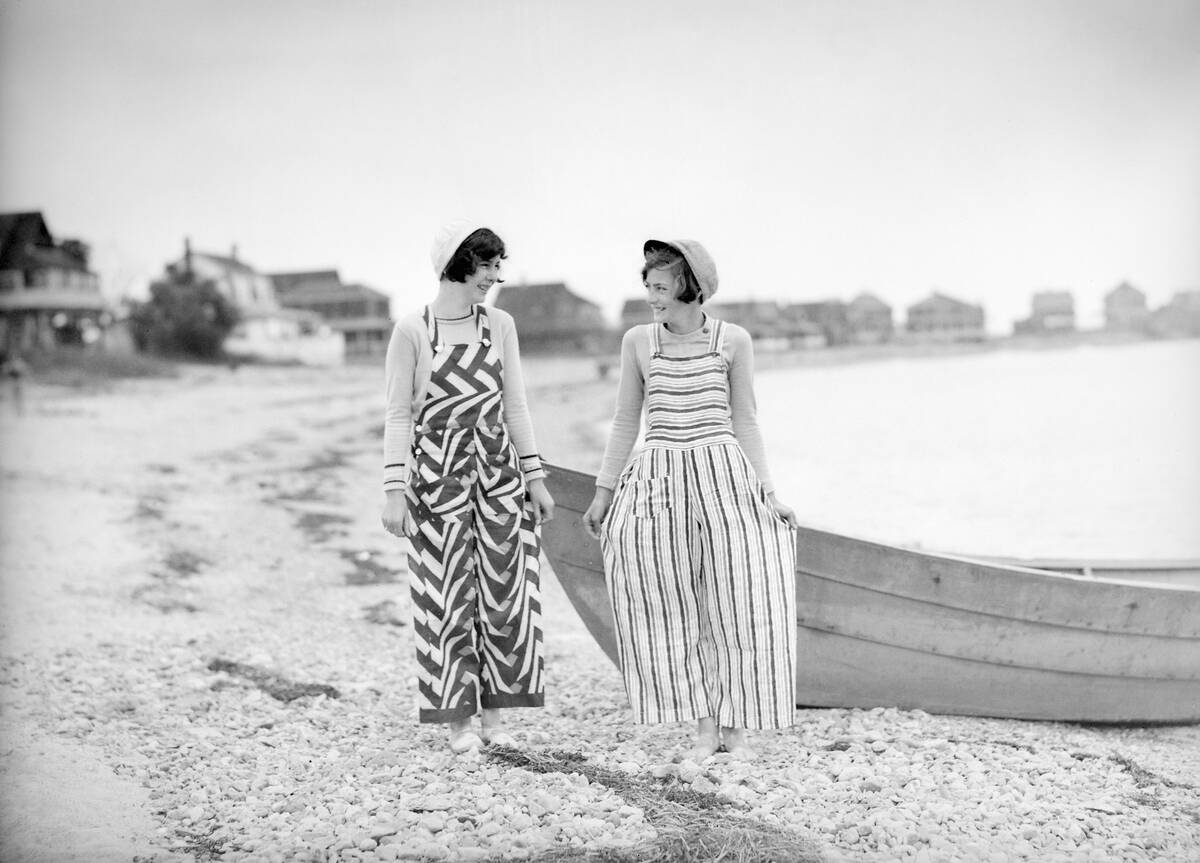
The beach in the 1920s was a melting pot of social interaction. It was one of the few places where people from different backgrounds could mingle freely. Families, couples, and groups of friends all flocked to the seaside, creating a lively and diverse atmosphere.
This social mixing was part of the beach’s allure, offering opportunities for new friendships and romances to blossom. The beach was not only a place for recreation but also a social hub where people could relax and enjoy each other’s company.
Lifeguards and Safety Measures in the 1920s
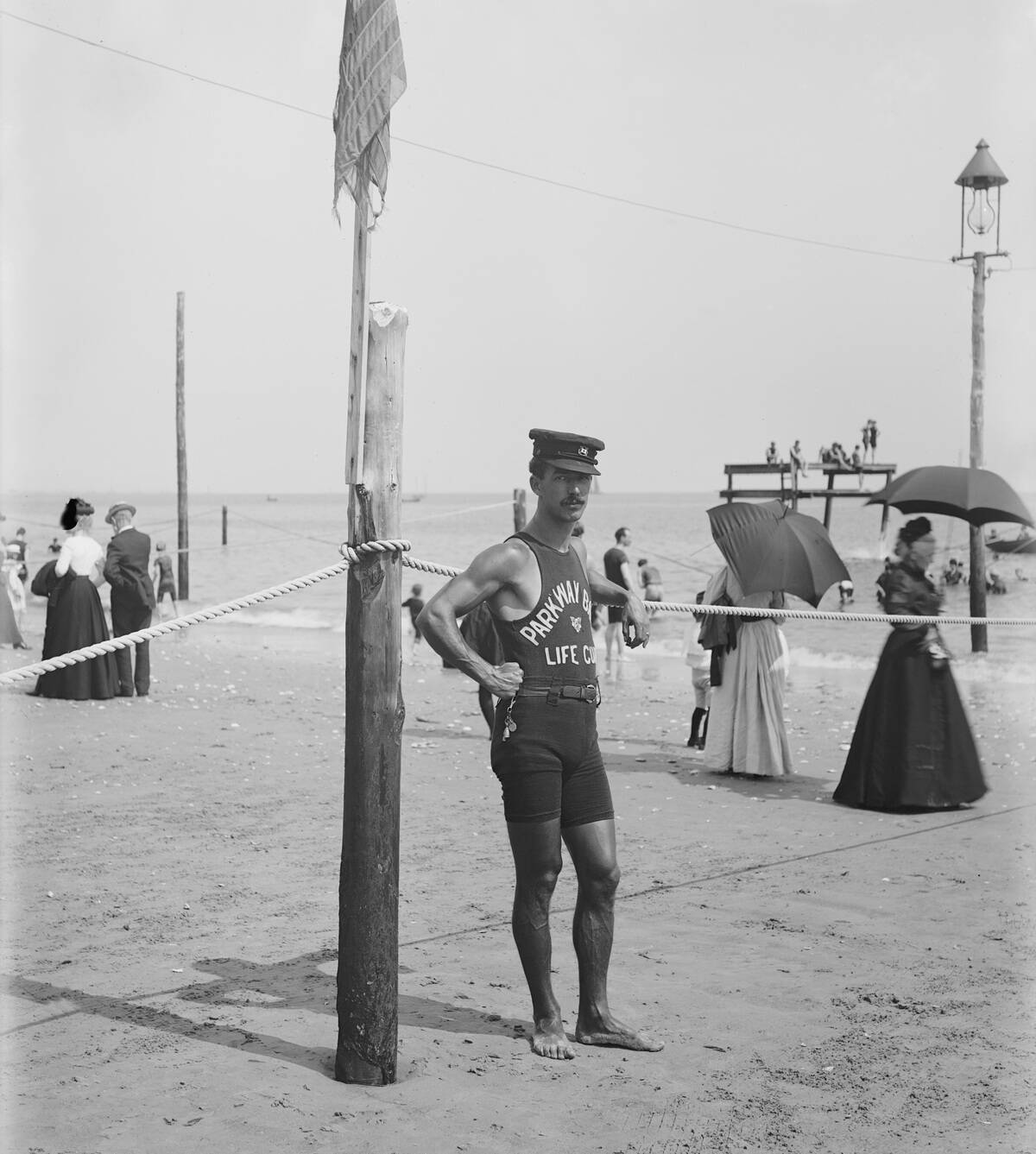
Lifeguards became a common sight at beaches during the 1920s, ensuring the safety of swimmers. These early lifeguards, often referred to as ‘surfmen,’ were equipped with basic rescue equipment like poles and ropes.
Their presence was reassuring, as they kept a watchful eye on the water, ready to spring into action if needed. Safety measures also included designated swimming areas and warning flags to alert beachgoers to dangerous conditions. These precautions helped create a safer environment for everyone to enjoy the beach.
Music and Entertainment: Sounds of the Seashore
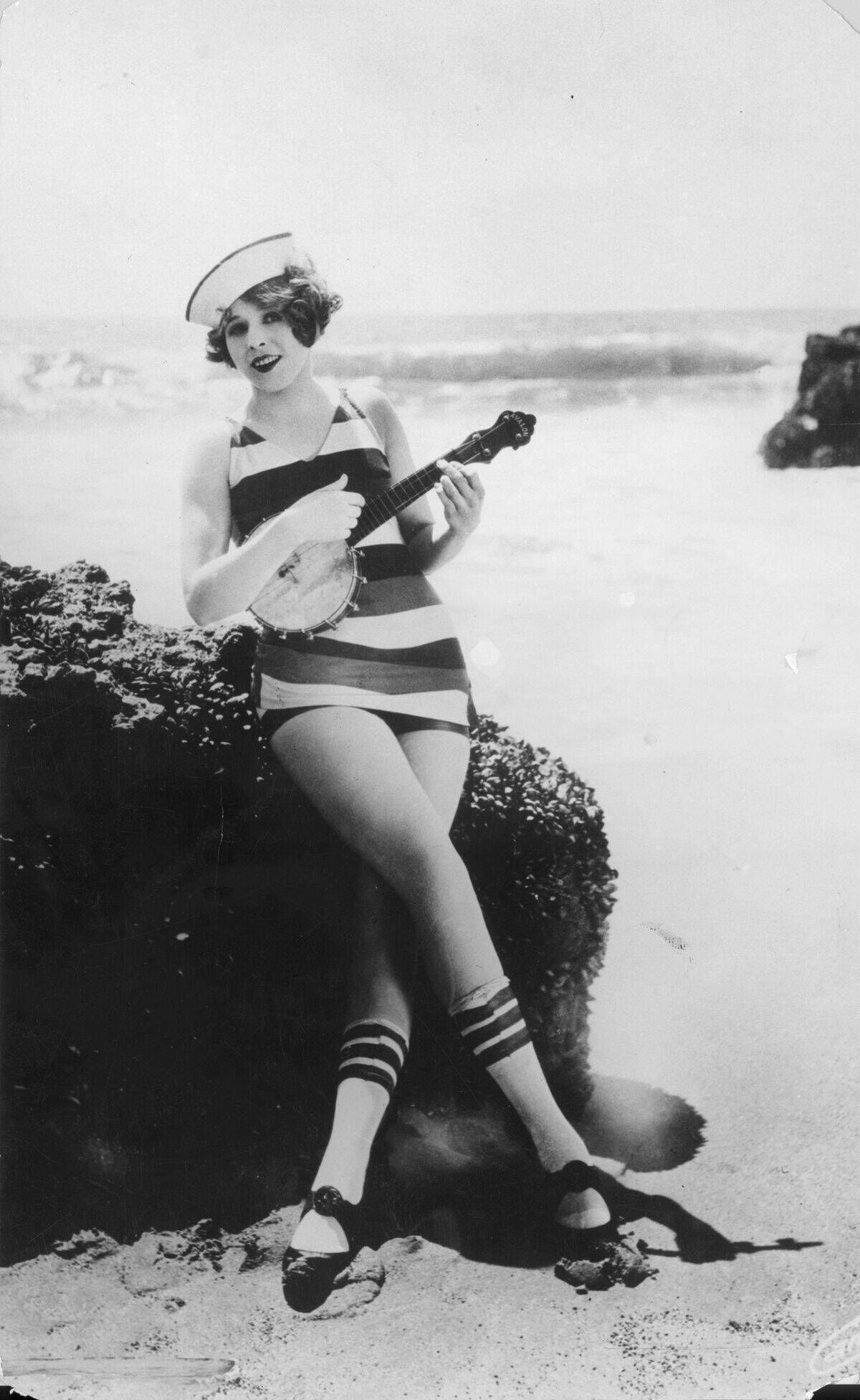
Music was an integral part of the beach experience in the 1920s. Portable gramophones allowed beachgoers to enjoy their favorite tunes, from jazz to popular dance hits of the era. Live music performances were also common, with bands entertaining crowds on boardwalks and piers.
Dancing was a popular activity, with impromptu dance floors set up on the sand. The lively sounds of music and laughter filled the air, creating a festive atmosphere that made the beach a vibrant, joyous place to be.
Photographic Memories: Capturing the Day at the Beach
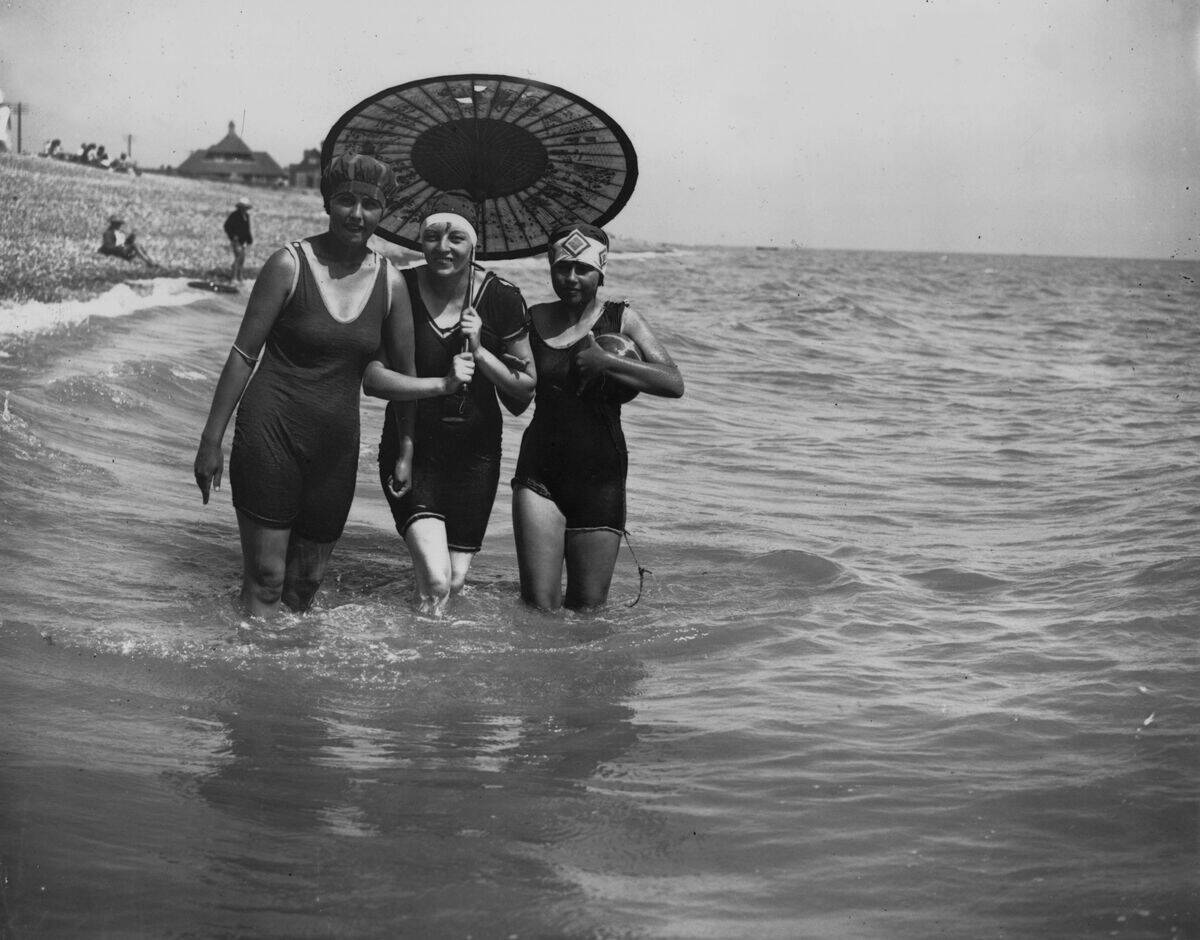
Photography was becoming increasingly popular in the 1920s, and beachgoers were eager to capture their seaside memories. Box cameras, such as the Kodak Brownie, made photography accessible to the masses.
People posed for pictures in their bathing suits, often in front of iconic landmarks like piers or lifeguard towers. These snapshots were treasured keepsakes, preserving the joy and freedom of a day at the beach. Today, these photographs offer a window into the past, revealing the timeless appeal of seaside leisure.
Beach Games and Sports: Fun in the Sun
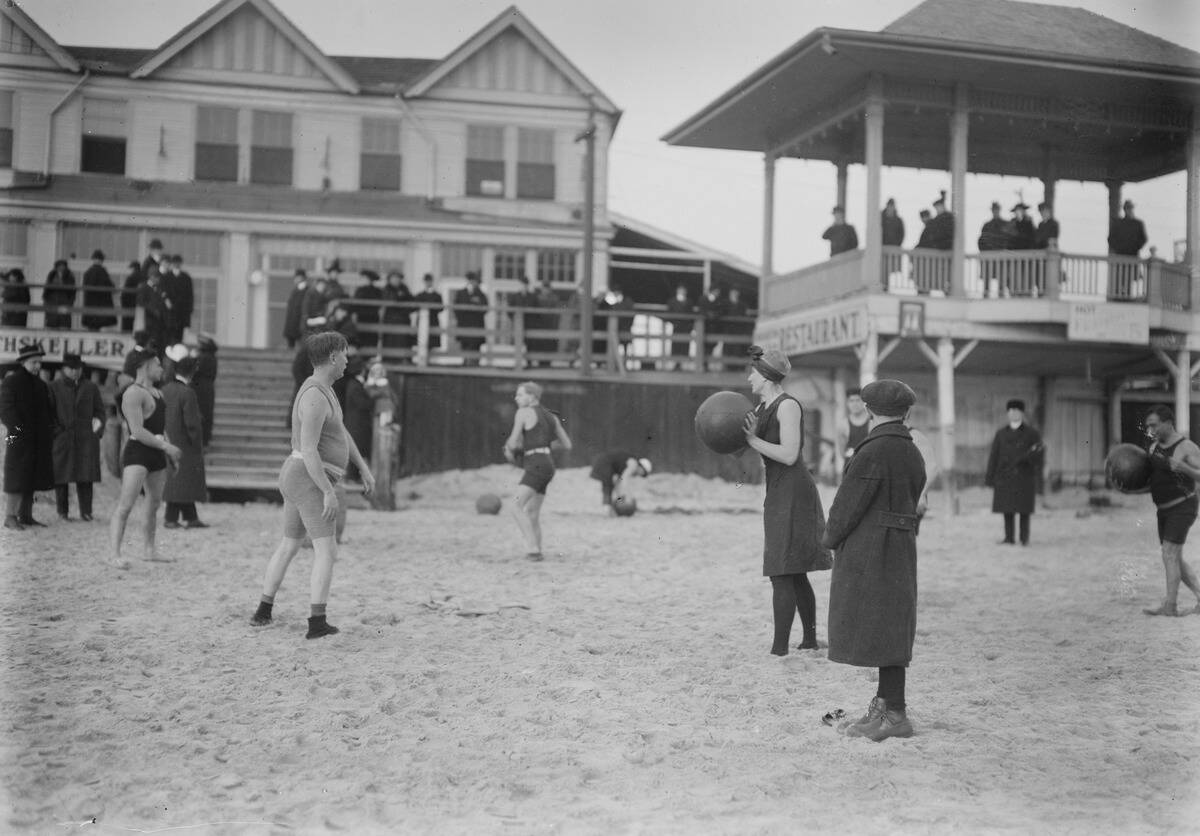
Beach games and sports were a highlight of any 1920s seaside outing. Volleyball was a favorite, with makeshift nets set up on the sand for friendly matches. Beach cricket and paddleball also gained popularity, providing energetic ways to enjoy the outdoors.
For those seeking more water-based activities, canoeing and rowing offered a chance to explore beyond the shoreline. These games and sports fostered a spirit of camaraderie, as people of all ages joined in the fun, creating lasting memories under the sun.
Children’s Play: Activities for the Little Ones
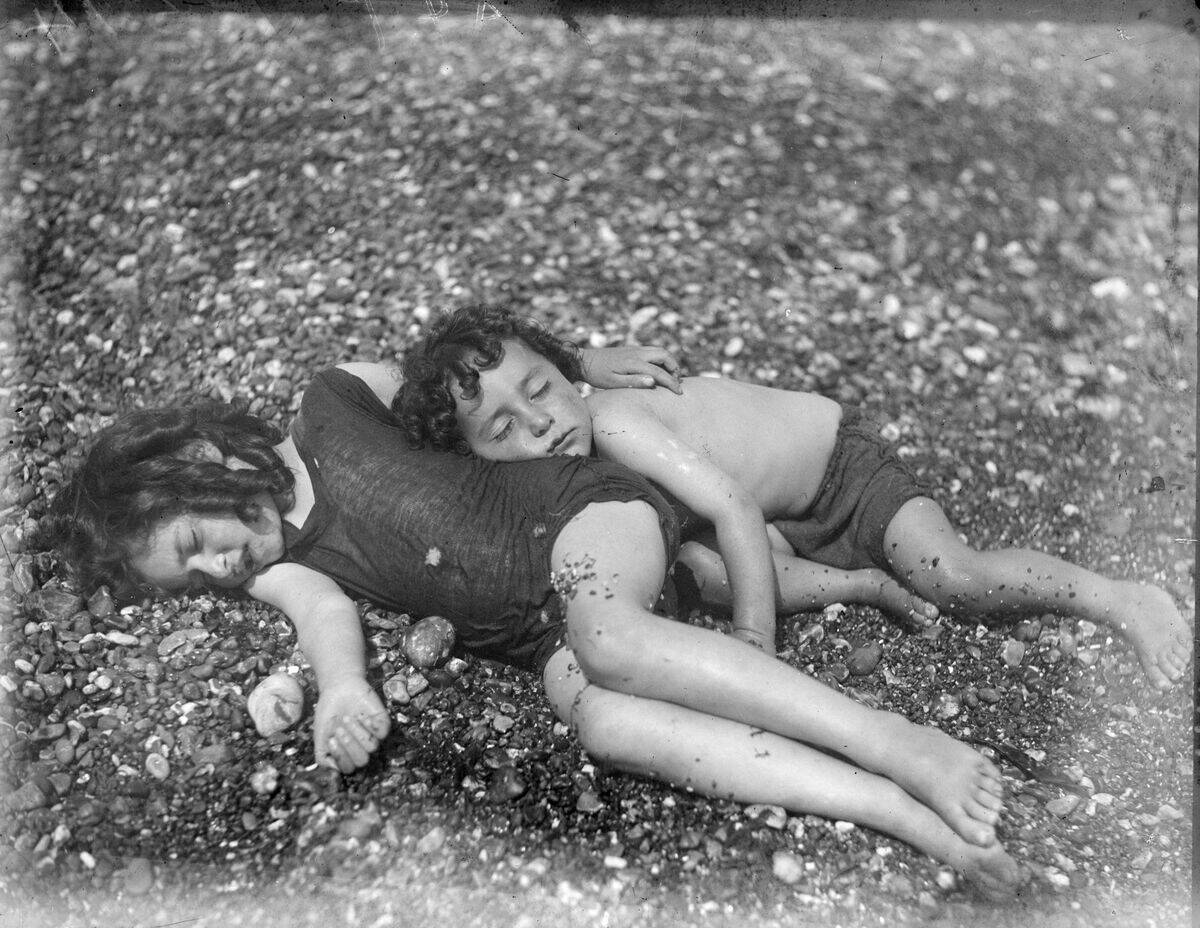
The beach was a paradise for children in the 1920s, offering endless opportunities for play. Kids delighted in building sandcastles, their imaginations running wild as they crafted elaborate structures.
Collecting seashells and small marine creatures was another favorite pastime, sparking curiosity about the natural world. For many, the simple joy of splashing in the waves or flying a kite in the sea breeze provided hours of entertainment. These activities not only kept children busy but also encouraged a love for nature and the outdoors.
Evening Beach Parties: How the Day Ended

As the sun set, the beach transformed into a venue for evening parties. Bonfires were a central feature, providing warmth and light as people gathered around. Music and dancing continued into the night, with the sound of waves providing a soothing backdrop.
These gatherings were often spontaneous, with impromptu picnics and sing-alongs. The relaxed atmosphere allowed for a seamless transition from day to night, with the beach’s magic lingering in the air long after the sun had disappeared.
Environmental Awareness: A Century-Old Perspective
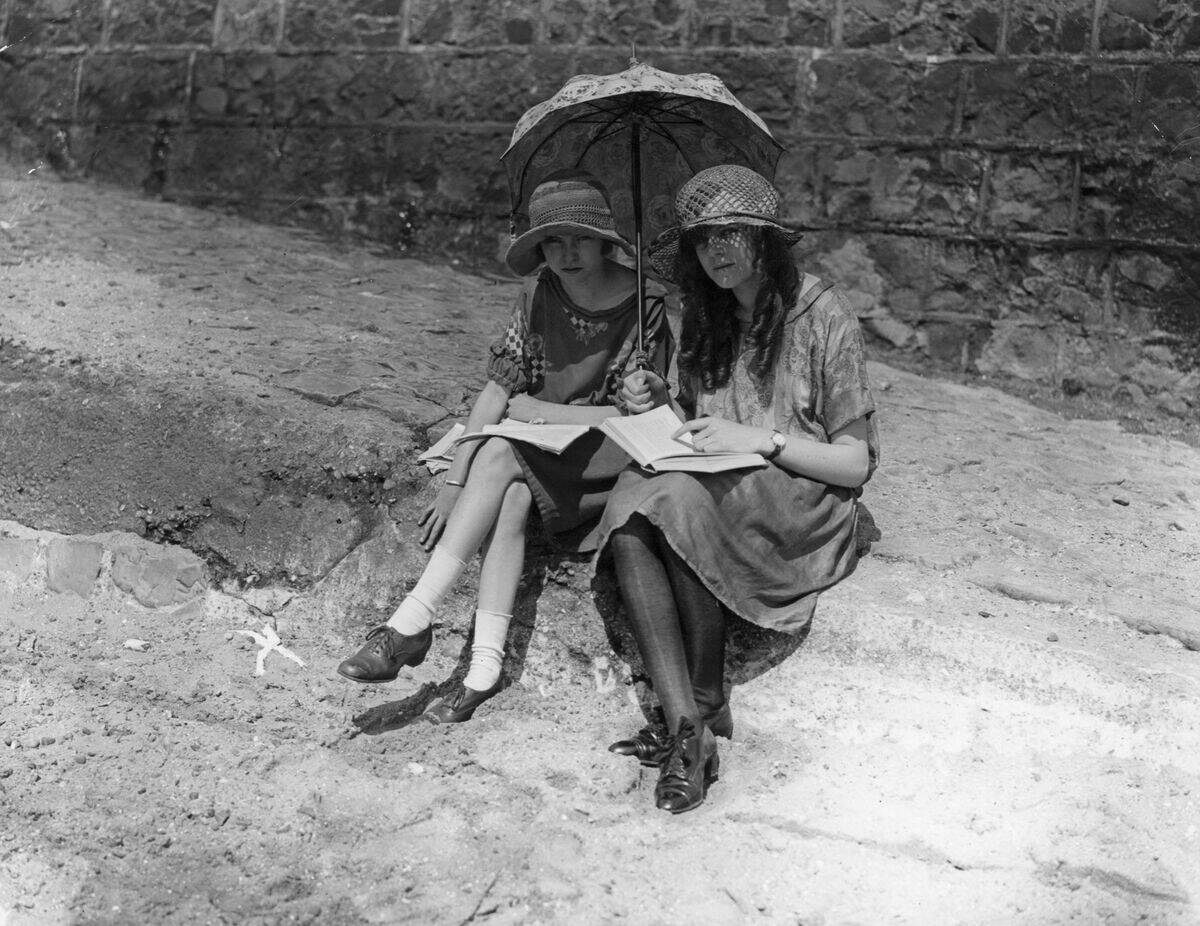
In the 1920s, environmental awareness at the beach was in its infancy. While there was an appreciation for the natural beauty of the coastline, the concept of conservation was not as developed as it is today. However, some early efforts were made to maintain cleanliness, with signs discouraging littering and organized clean-up events.
These actions laid the groundwork for the environmental movements that would gain momentum in later decades, highlighting the importance of preserving the beach for future generations.
The Role of Technology in a 1920s Beach Day
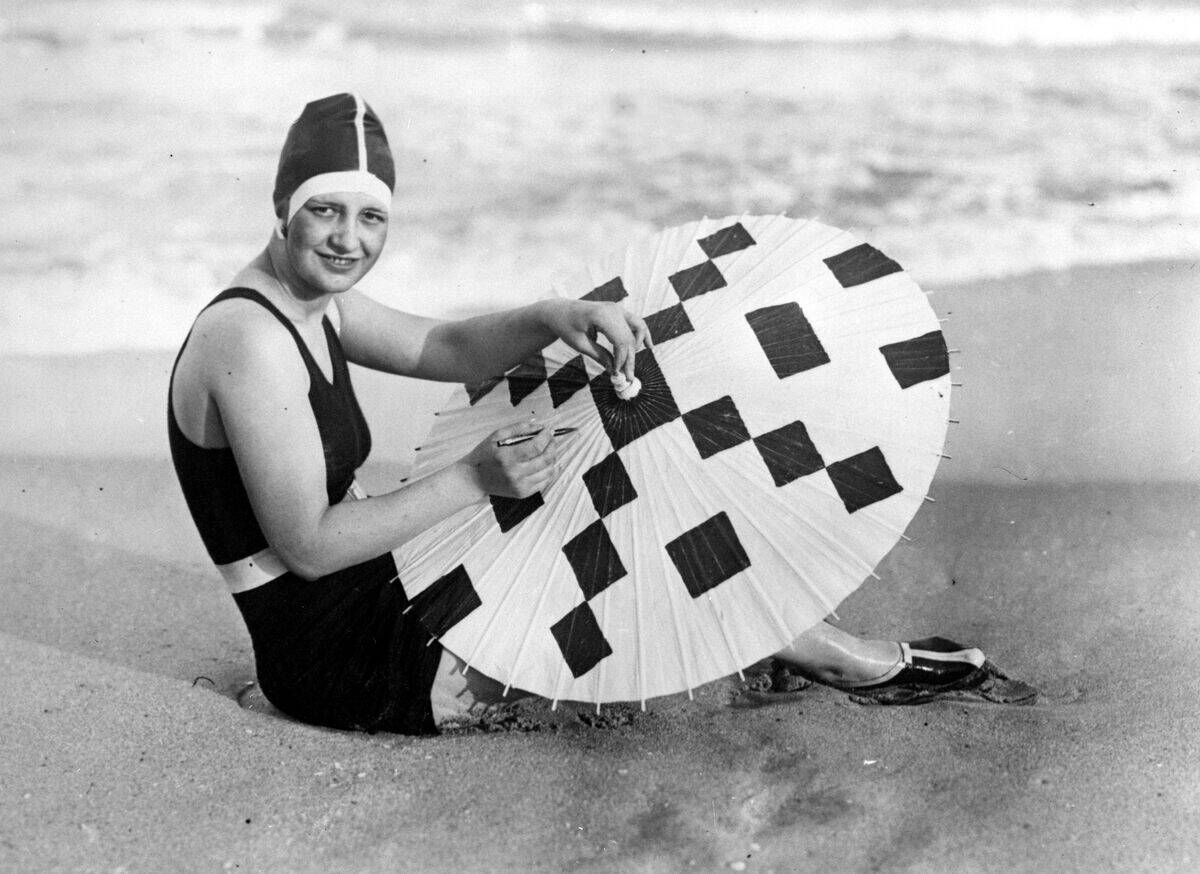
Technology played a modest role in 1920s beach outings, but it still had an impact. The introduction of portable cameras allowed people to document their beach adventures, creating tangible memories. The gramophone was a technological marvel, bringing music to the sand and enhancing the overall experience.
Trains and automobiles made reaching the beach more accessible, transforming it into a popular destination. Though limited, these advancements contributed to the ease and enjoyment of a day spent by the sea.
Comparing Then and Now: What We’ve Gained and Lost
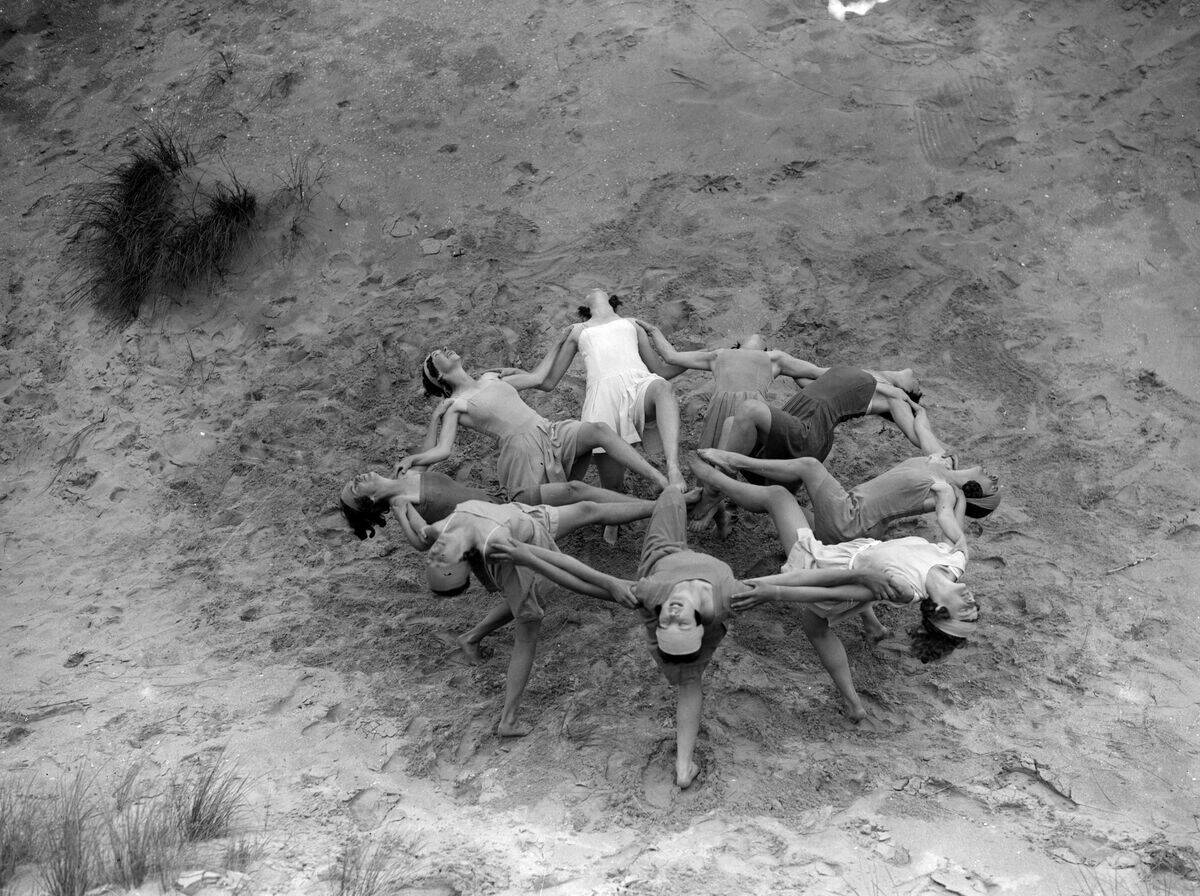
Comparing beach days of the 1920s to today reveals both gains and losses. Modern conveniences like sunscreen and advanced swimwear have improved safety and comfort. However, the simplicity and spontaneity of earlier beach outings are often overshadowed by the need for technology and connectivity.
The 1920s offered a more unplugged experience, fostering direct interactions and immersion in nature. While today’s beachgoers enjoy greater amenities, the nostalgia for a more carefree, less commercialized beach experience remains strong.
The Influence of the Beach on Popular Culture

The beach has long influenced popular culture, with the 1920s playing a significant role. This decade saw the rise of beach fashion and lifestyle in films and magazines, shaping public perception of leisure and relaxation.
Iconic beach destinations became backdrops for stories and songs, embedding the seaside into the cultural fabric. The carefree spirit of the beach continues to inspire art, music, and film, reflecting society’s ongoing fascination with the sun, sand, and surf as symbols of freedom and escape.
Stories and Anecdotes from Beachgoers of the Past

Beachgoers of the 1920s left behind a treasure trove of stories and anecdotes. Tales of impromptu dance parties, unexpected friendships, and romantic encounters abound, capturing the magic of those sun-drenched days.
Many recall the thrill of catching their first wave or the simple joy of a family picnic on the sand. These personal narratives provide a glimpse into a bygone era, offering insights into the timeless appeal of the beach as a place of adventure, relaxation, and connection.



